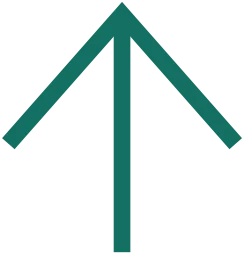- IUCN Statusleast concern
- Population30,000,000
- DietHerbivore – eats hay, fruit and vegetables including leafy greens
- GroupHerd
- Sizehaving a body 20 to 40 cm long
- ContinentSouth America
- Lifespan5-7 years
- Weight500 to 1500 grams
- HabitatMountain – found in the Andes Mountains in South America
- Scientific NameCavia porcellus
Meet the Guinea Pig

A guinea pig is also called a ‘cavy’. Their official title is ‘Cavia porcellus’. They belong to the family ‘Caviidae’, which is made up of rodents found originally in South America. Capybaras are also part of this family! A male guinea pig is called a ‘boar’ and a female is called a ‘sow’. Baby guinea pigs are called ‘pups’.
Guinea pigs have 4 toes on their front feet and 3 toes on their back feet. Guinea pigs make lots of noises. The most well-know is the ‘wheek’! This is a sound they only make for their humans, usually to remind them to bring some food!
They only eat plants and plant-based food. In the wild, guinea pigs eat fresh grasses and wild plants.

Introducing....
our family of guinea pigs at Wolds Wildlife Park
Did you know?
Here are just some of the things to know about Guinea Pigs.
Are guinea pigs social animals
In the wild, guinea pigs live in groups called “herds.” A herd usually has up to ten members.
Guinea pigs need the companionship of other guinea pigs to be happy and healthy. They can groom, play together, and cuddle when they’re with other guinea pigs. All of these activities help reduce stress and keep them healthy. Plus, having some buddies to share life with keeps guinea pig boredom at bay
Where does the name guinea pig come from?
There are a number of different thoughts as to where the name ‘guinea pig’ originated.
Some believe guinea pigs were named after Guinea the country, even though they do not come from here. However, there is a theory that they were first brought to Europe by Spanish explorers in the 1500s via Guinea in Africa, so people thought they came from there.
Others believe the name derived from the probability that the cost of these animals in the 16th century was one guinea (a coin).
Alternatively guinea could be a corruption of ‘Guiana’, which is an area in South America.
Whichever is correct the name has stuck for hundreds of years!
Do guinea pigs communicate?
Yes they do, they make several specific sounds to communicate. Each vocalization they produce has a different meaning. Purring usually means guinea pigs are content. Chutting is a sound they make when they pursue something, like food. Chattering is a warning sound, telling others to back off. Squealing is a sign of displeasure or pain. Chirping is a sign of stress. And a rumble means they are angry or showing dominance.
How do guinea pigs clean themselves?
Guinea pigs secrete a white substance out of their eyes that they use to wash themselves. They also groom each other.
Can guinea pigs dance?
Yes, guinea pigs (especially the young ones) have their own special dance called "popcorning". They will perform this adorable dance move when they are feeling excited, happy or playful.
The "popcorn" move is when the guinea pig jumps straight up in the air and does little twist before landing.







